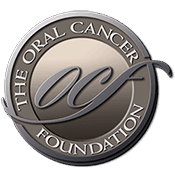Can HPV vaccine stop throat cancer?
Source: children.webmd.com Author: Daniel J. DeNoon, WebMD Health News (Reviewed by Louise Chang, MD) HPV (human papillomavirus) vaccines protect against the sexually transmitted strains of HPV that cause cervical cancer. The same HPV strains -- spread by kissing and by oral sex -- cause oropharyngeal (OP) cancer, the form of head and neck cancer that affects the back and sides of the throat, the base of the tongue, and the tonsils. There's strong evidence that HPV vaccines prevent cervical cancer. There's no direct proof that these vaccines prevent throat cancer, but the rapid rise in cases among young people has some experts wanting to vaccinate first and get proof later. "We don't need to wait until all these molecular events are understood," Dong Moon Shin, MD, of Emory University's Winship Cancer Center, tells WebMD. "The time is now. For the HPV vaccine, cost is the only issue as side effects are minimal. Routine HPV vaccination has to be implemented very soon, for both boys and girls." In the U.S., that recommendation is made by the Advisory Committee on Immunization Practices (ACIP). The ACIP now recommends routine HPV vaccination only for girls and young women in order to prevent cervical cancer. It permits vaccination of boys who want protection against HPV-caused genital warts. For two years, the ACIP has been mulling whether to recommend the HPV vaccine for boys. This would help prevent cervical cancer in unvaccinated women. It also would prevent HPV-related anal cancer and genital warts in both men [...]
